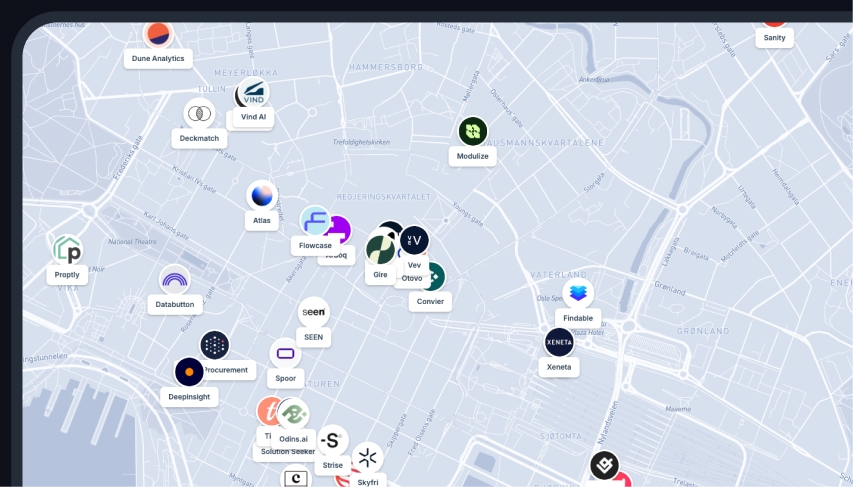Polygon to Lines
What is Polygon to Lines Analysis?
Polygon to Lines analysis is a spatial operation that converts polygon features into line features. This process involves transforming the boundaries or edges of a polygon into separate line geometries. The conversion retains the shape and dimensions of the polygon's perimeter but no longer maintains the area-based properties inherent to polygons. This analysis is crucial for applications that require boundary representations or when the linear components of a polygon are necessary for further spatial analysis.
When would you use Polygon to Lines Analysis?
This analysis is used when the interest is solely in the boundaries of polygon features rather than the entire area they cover. Common use cases include infrastructure planning where utility lines follow parcel boundaries, environmental studies focusing on perimeter habitat analysis, and mapping exercises that involve road networks derived from land parcel boundaries. It is also beneficial in data preparation stages where linework is required for overlaying on other thematic maps or when integrating with other linear datasets.
Work faster with spatial data
Easily import data, automate analysis and build spatial apps for the web, all within a single software.
FAQs
What happens to the attributes of the polygons when converted to lines?
When polygons are converted to lines, the attributes that were associated with the polygons are not inherently transferred to the line features. In some systems, attributes can be copied, but typically this process would necessitate additional steps to join or relate attributes post-conversion based on spatial relationships or identifiers.
Can holes within polygons be converted to lines?
Yes, holes or inner boundaries within polygons can also be converted to separate line features using this analysis. When polygons with nested holes are processed, both the exterior and interior boundaries can be transformed into line objects, provided the software options accommodate such configurations.
Does converting polygons to lines affect spatial accuracy?
The conversion does not inherently affect spatial accuracy but focuses on the boundary precision as represented by the original polygon dataset. The resulting line features will match the vertices and path of the polygon edges; however, the utility of these lines will largely depend on the quality and detail of the original polygon data.
Is it possible to convert only specific polygon edges to lines?
While the basic Polygon to Lines analysis typically converts all edges of selected polygons, some advanced spatial workflows or software functionalities may allow users to specify and extract only particular edges based on pre-defined criteria, such as orientation or length. However, such selective conversion might require additional processing or custom scripting capabilities.
What is the impact of converting complex polygons with multiple parts?
Complex polygons with multiple parts will yield multiple lines, corresponding to each discrete edge of the polygon segments. Each part is converted independently, resulting in a series of line features that maintain the diverse parts of the original polygon structure. This ensures that all spatial nuances of multi-part polygons are preserved in the linear format.
